 |
| Quote by Lao Tzu |
by Jamie Freveletti
August’s last post in which she confesses a love for old 60’s television shows about spies prompted me to confess my own latest favorite.
A little background first, as I mentioned in my last post about research shattering myths, I’m currently writing a thriller set during the Gold Rush. I started with a kernel of an idea: a woman heads west on a quest to find her fortune. I thought the era would be ripe for some interesting reading. As is my usual practice, I headed straight to the library, (I mentioned my favorite source materials in the last post), and also started scrolling through Netflix and Amazon Video to see if there were any old television series set in the late 1800’s America. And what did I land on? You guessed it: Kung Fu. I usually steer clear of martial arts movies, because as a martial artist I find myself analyzing all of the fight scenes rather than enjoying the movie, but this show gave me pause.
For those who are unaware of this series from the 70’s, its premise involved a Chinese/American Shaolin priest, booted out of China and wandering through the western United States searching for his brother. Kwai Chang Caine is a vegetarian pacifist who just happens to be able to fight. Played by the late David Carradine, it’s a surprisingly thoughtful and interesting show and, though I’m not sure, it seems unusual for the times. One producer/writer said that the idea of a show featuring an Asian American hero (albeit played by a non-Asian) was a risky move, because the Vietnam war had just ended and no one was sure that American audiences would watch. Even David Carradine, interviewed later, said he never thought it would fly. But it went on to win several awards and has become an iconic part of television history.
Watching the show in present day, it’s striking how current and interesting it remains. Its main premise is peace. Caine walks through the wild west and encounters prejudice, hate, fear, and mental illness, and he quotes from the Tao and suggests a non-violent resolution to conflicts. I love the two Asian actors that played Caine’s teachers, Philip Ahn and Keye Luke, and their roles are integral to understanding the main character. Carradine is excellent as Caine, the man was a fantastic actor.
As I deconstructed the show I realized that it is yet another example of an archetype character. The knight errant making his way through the world encountering situations that he assists to resolve and then moving on. This character can be found in Shane, Lonesome Dove, The Road, and some aspects of the latest Mad Max movie, which features a female lead equally as interesting. Lee Child’s Reacher is based upon a knight errant.
But what I’m writing is a woman. Where are the knight errant narratives for her? One interesting
article I found is from Jody Gentian Bower, a Phd. who addresses the wandering heroine in her book Jane Eyre’s Sisters: How Women Live and Write the Heroine’s Story. Ms. Bower opines that while the wandering hero is usually a man, there are some stories that feature women, but in these the women are defying expectations and don’t return home, but usually form new connections and become a role mode to others. You can read her article here.
There is, of course, Charlize Theron’s protrayal of Imperator Furiosa mentioned above. She’s a tough, female character willing to defy convention and save others from the clutches of a tyrant. There’s nothing peaceful or non violent about Furiosa, but she fills a void in the heroine quest in movies and Theron does a wonderful job with the role.
I wanted my character to be steeped in classic thought, willing to begin a quest, and unafraid of where that quest takes her. In choosing the Gold Rush era I unwittingly fell upon one of the best possible times for such a story. It was and is considered one of the largest mass migrations in history. The women who went west received more rights once in California than anywhere else at the time. They were allowed keep their funds from the businesses they created, even from a husband, and were granted the right to divorce. My heroine’s quest will take her over some of the toughest terrain in America and will allow her to encounter danger in a new, lawless, territory. I’m loving writing this book and enjoying every minute of the research for it.
Do you have a favorite hero and heroine quest story? If so, I’d love to hear about it!








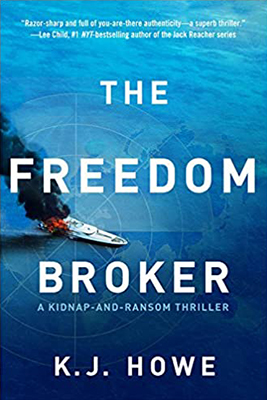










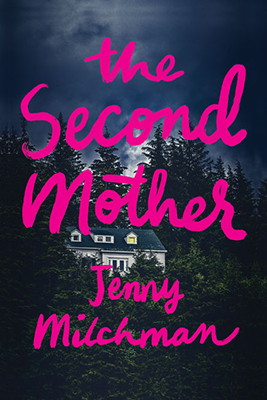
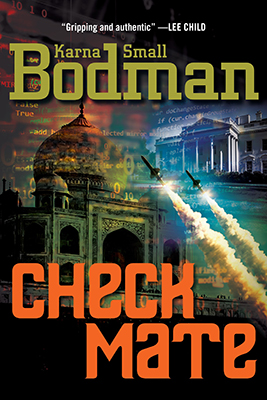






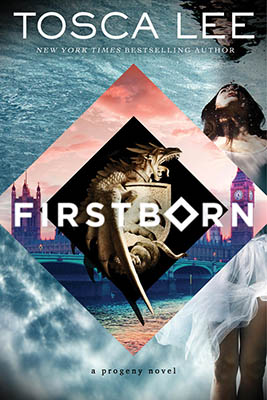












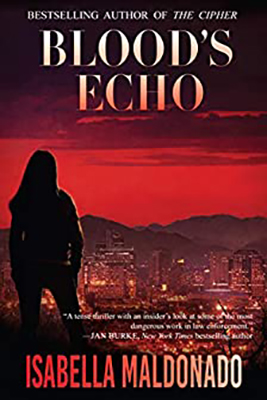







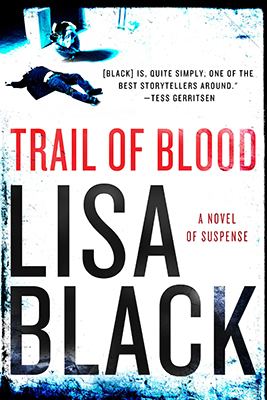
What a wonderful post, Jamie. The wandering heroine is unusual and yet so compelling, so very different from all the cliches written about women. Recently another famous author said something to the effect that all women dream of walking away and never coming back, in other words becoming the foot-loose heroine. Hand in hand with that goes the cliche that all men want to be on the road, without responsibilities, as wandering knights. That part about "all" for both women and men seems to me to be nonsense except for short time periods and for a rare number of people … which is why I think we enjoy stories about them. They're different, while at the same time to continue their perambulations the best of them and in the best stories must make an actual choice between complete "freedom" and a commitment to human relations. Great post!
What a great idea, Jamie! (Boy, not sure if I want to admit I'm old enough to know who Little Grasshopper is.) Anyway, this sounds like a fab story premise. Can't wait to see how you spin it!
lDitto what the others say. I'm going to be very interested to see how this plays out. It made me think–of all things–Paint Your Wagon. If you haven't seen it, it's fun. Jean Seberg plays a woman that chooses to abandon her Mormon husband and agrees to be auctioned off to a miner and married by "miner's law." Unhappy to be "property" she soon takes control of the marriage, and then eventually falls in love with her husband, Ben's, partner. She was married to a man with two wives, so why can't a woman have two husbands? The arrangement works for awhile, but… It stars Lee Marvin and Clint Eastwood. What I most liked about Elizabeth (Seberg's character) was her refusal to be a victim or to be disrespected in place where she was one woman in a world of men. Good luck with the project.
Hi Guys and thanks for the words of encouragement! And Chris, I've not seen Paint Your Wagon but it did come up on my Amazon Video search so I'll watch it soon. Thanks for the tip!
I think we could use a show like that, with an emphasis on peace, today!
I agree!
Terrific post — when you first talked about that series with the "Asian" hero – that became so popular back in the 70's – it was interesting because now I see that Asians are popular today as stars with the new box office hit "Crazy Rich Asians" (haven't seen it – has anyone). Now, Jamie – you must finish this new novel quickly, as I can't wait to read it! Sounds like a winner.
I haven't seen the movie, but hear good things about it. Thanks!